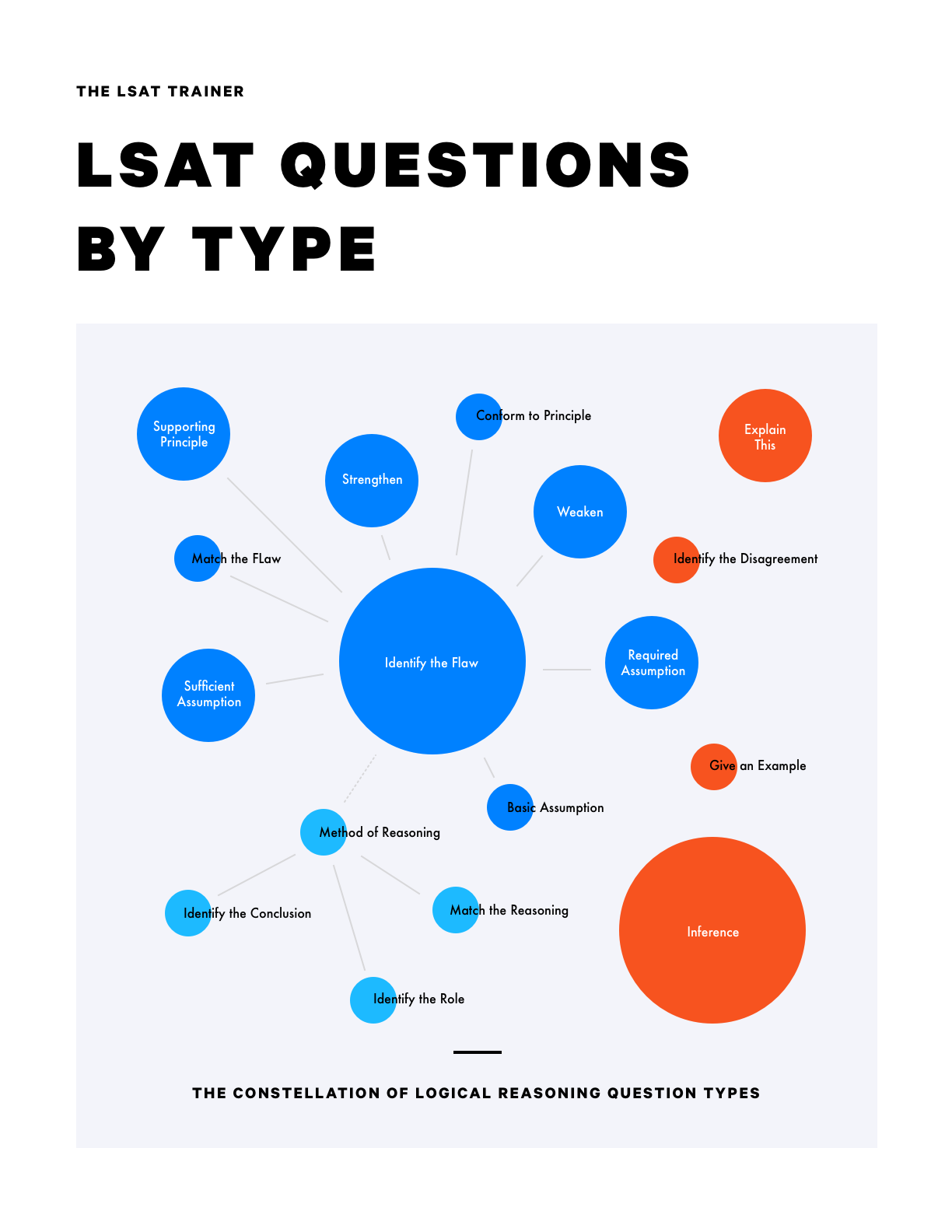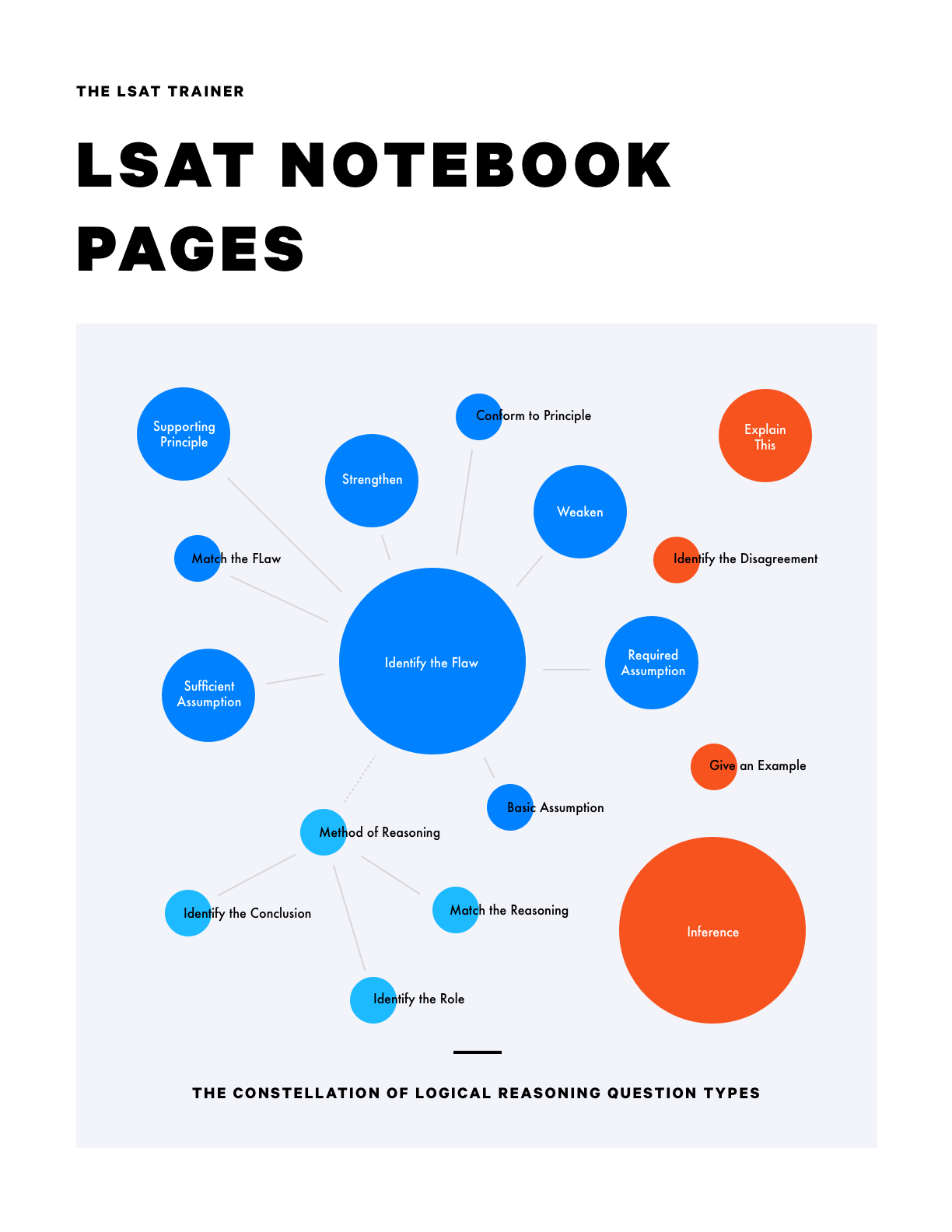Game 1
Step 1
Per the given scenario, we can write out the seven elements to be placed, with an indication of their respective subsets - Kf, Lf, Mf, Pf, Vg, Xg, Zg, and we can lay out the three types of assignments: $1K, $3K, and $5K.
Step 2
Per the first rule, we know that all the g’s must go in either $3K or $5K. Per the second and third rules combined, we know that Xg must go higher than both Vg and Zg. Thus, we can infer that Vg and Zg go in $3K, and Xg in $5K.
Step 3
Per the second and third rules combined, we can notate that Lf and Mf must both earn more than both Kf and Pf.
Game 2 (Option 1)
Step 1
Per the given scenario, we can write out the seven elements to be placed - H, L, M, O, P, S, and W, and lay out the three groups to which they can be assigned - 1, 2, and 3.
Step 2
Per the first rule, we can notate that H, O and exactly one other tree go together.
Step 3
Per the second rule, we can notate that M and W can’t go together.
Step 4
Per the third rule, we can notate that L or W (but not both) go in 1.
Step 5
Per the fourth rule, we can notate that M or O (but not both) go in 2.
Step 6
Per the final rule, we can notate that more trees are planted in 3 than in 1. We can infer (but chose not to notate) that at least two trees are planted in 3, and we can infer (but chose not notate) that no more than 2 trees can be planted in 1.
Step 7
We can note that P and S are not directly restricted by any of the rules.
Game 2 (Option 2)
Step 1
Per the given scenario, we can write out the seven elements to be placed - H, L, M, O, P, S, and W, and lay out the three groups to which they can be assigned - 1, 2, and 3.
Step 2
Per the first and fifth rules, we can create two frames: one in which the H, O, _ group goes in 2, and another in which the H, O, _ group goes in 3. When H, O, _ is in group 2, per the final rule, we know we must have exactly 3 elements in group 3 and exactly 1 in group 1. When H, O, _ is in group 3, we know we have 1 or 2 elements in group 1, and 2 or 3 elements in group 2.
We can write out slots for the minimum numbers of elements in each group and use cross outs to represent that max limits have been hit.
Step 3
Per the third rule, we can split each our frames to represent our two options for who must go in lot 1 - L or W.
Step 4
Per the fourth rule, we can infer, in frames 1A and 1B, that M must go in group 3.
Step 5
Per the fourth rule, we can infer, in frames 2A and 2B, that M must go in group 2.
Step 6
Per the second rule, in frame 1A, W must now go in group 2. That leave the remaining two elements - P and S, to fill the remaining two slots.
Step 7
Per the second rule, in frame 2A, W must go in group 3. That leaves P and S to fill the other spot that must be filled in group 2, and one more spot that can either go in groups 1 or 2.
Step 8
For frame 1B, we can notate that the three elements we have remaining to fill the three open slots are L, P, and S.
Step 9
For frame 2B, we can notate that the three elements we have remaining to fill the three open slots are L, P, and S.
Game 3 (Option 1)
Step 1
Per the given scenario, we can write out the seven elements to be placed - F, G, H, K, L, M, and Z - and the seven positions to be assigned - one each for Monday through Friday, and two for Saturday.
Step 2
Per the first rule, we can notate that H must come before L.
Step 3
Per the second rule, we can notate that both H and M come before G. We can connect this to our notation for the first rule.
Step 4
Per the third rule, we can notate that F comes before both K and M. We can connect that to our notations for the first two rules.
Step 5
Per the fourth rule, we can notate that Z must be after K. We can connect that to our notations for the first three rules.
Step 6
Per the fifth rule, we can notate that if F is before L, L must be on Saturday, and the contrapositive, which is that if L is not on Saturday, L must be before F.
Game 3 (Option 2)
Step 1
Per the given scenario, we can write out the seven elements to be placed - F, G, H, K, L, M, and Z - and the seven positions to be assigned - one each for Monday through Friday, and two for Saturday.
Step 2
Per the first rule, we can notate that H must come before L.
Step 3
Per the second rule, we can notate that both H and M come before G. We can connect this to our notation for the first rule.
Step 4
Per the third rule, we can notate that F comes before both K and M. We can connect that to our notations for the first two rules.
Step 5
Per the fourth rule, we can notate that Z must be after K. We can connect that to our notations for the first three rules.
Step 6
In relation to the fifth rule, we can split our diagram into two frames, one where F comes before L, and another where L comes before F. We can adapt our current diagram to create these two frames.
In the first frame, per the fourth rule, L must be on Saturday.
In the second frame, the fourth rule doesn’t come into play.
Step 7
In the second frame, we know enough to assign elements to the first three positions - per our ordering rules, H has to go in 1, L in 2, and F in 3, and we have limited options for how the remaining elements can fit into the final four slots. We can redraw the base and notate these inferences. Since M must go before G and K before K, G and Z must occupy the two slots on Saturday, and M and K, in either order, must occupy the slots for Thursday and Friday.



